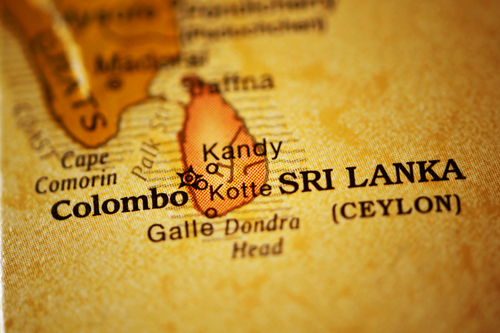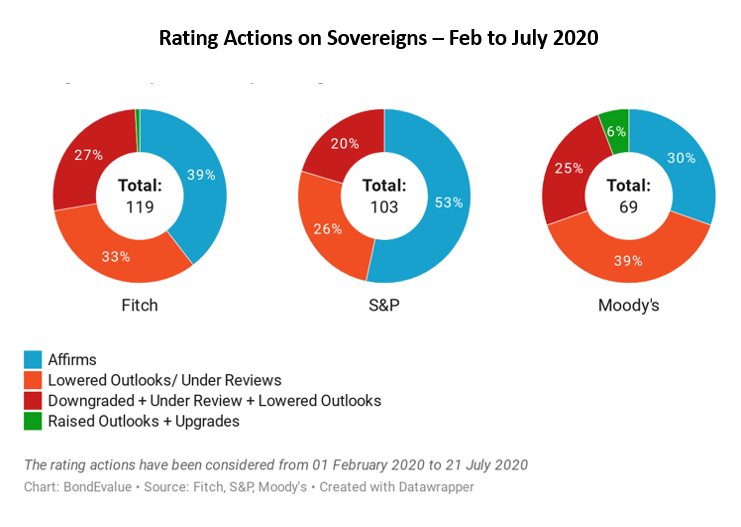This site uses cookies to provide you with a great user experience. By using BondbloX, you accept our use of cookies.
| | | | | | | | | | | | | | | | | | | | | | | | | | | | | | | | | | | | | | | | | | | | | | | | | | | | | | | | | | | | | | | | | | | | | | | | | | | | | | | | | | | | | | | | | | | | | | | | | | | | | | | | | | | | | | | | | | | | | | | | | | | | | | | | | | | | | | | | | | | | | | | | | | | | | | | | | | | | | | | | | | | | | | | | | | | | | | | | | | | | | | | | | | | | | | | | | | | | | | | | | | | | | | | | | | | | | | | | | | |
Bond Market News
Sri Lanka Downgraded to Caa2 by Moody’s
October 29, 2021

Sri Lanka was downgraded to Caa2 from Caa1 with a stable outlook by Moody’s. The downgrade was on the back of Moody’s assessing that there was an “absence of comprehensive financing to meet the government’s forthcoming significant maturities, in the context of very low foreign exchange reserves”, thereby increasing the risk of default. Moody’s notes that external liquidity risks remain high with persistently wide fiscal deficits. Revenues are expected to be at ~10% of GDP over the next few years while interest payments will continue to absorb around 60-70% of revenue – this would leave the government with politically challenging tradeoffs regarding social spending and development expenditure.
Sri Lanka’s forex reserves (excluding gold and SDRs) totaled $2bn, sufficient to cover only around 1.3 months of imports. Forex reserves are also significantly below the government’s annual external repayments of ~$4-5bn billion until at least 2025. While Sri Lanka is expected to manage obtaining some forex, financing and assistance, Moody’s expects the amounts to be modest, the arrangements piecemeal, and of relatively short maturity. Moody’s also assumes Sri Lanka would not participate in a financing programme with the IMF or other multilateral development partners in the near future. However, non-debt generating inflows from areas like tourism and FDI may accelerate and help stave-off some financing worries. Sri Lanka’s dollar bonds were stable with its 7.55% 2030s at 63.1 cents on the dollar.
For the full story, click here
Go back to Latest bond Market News
Related Posts:








